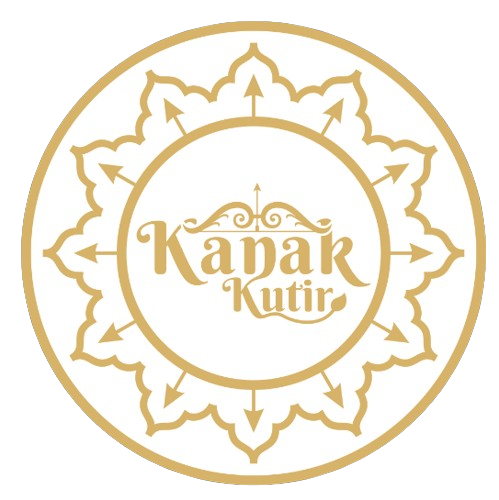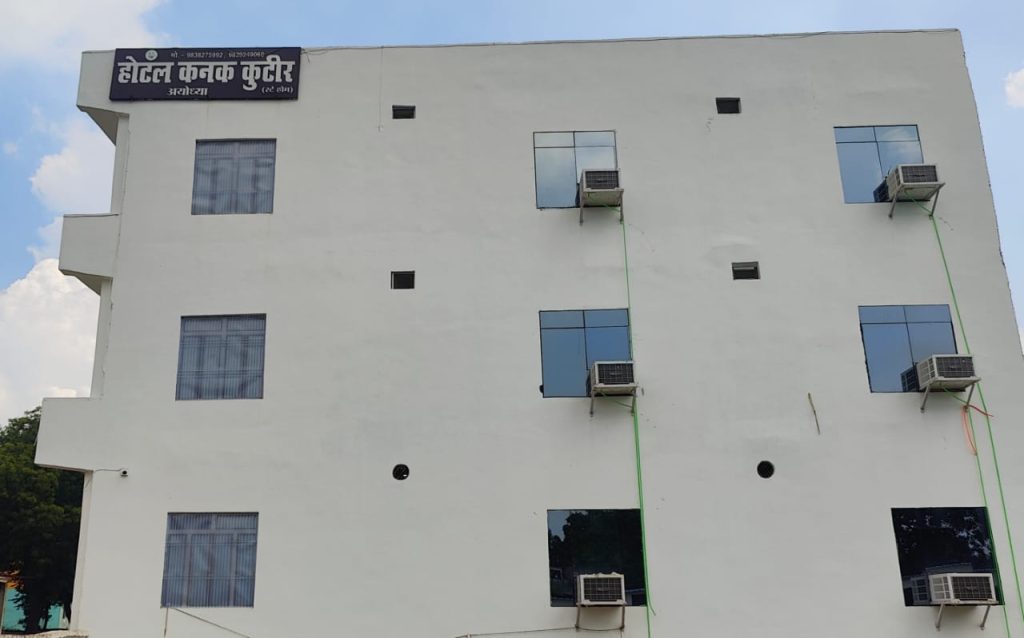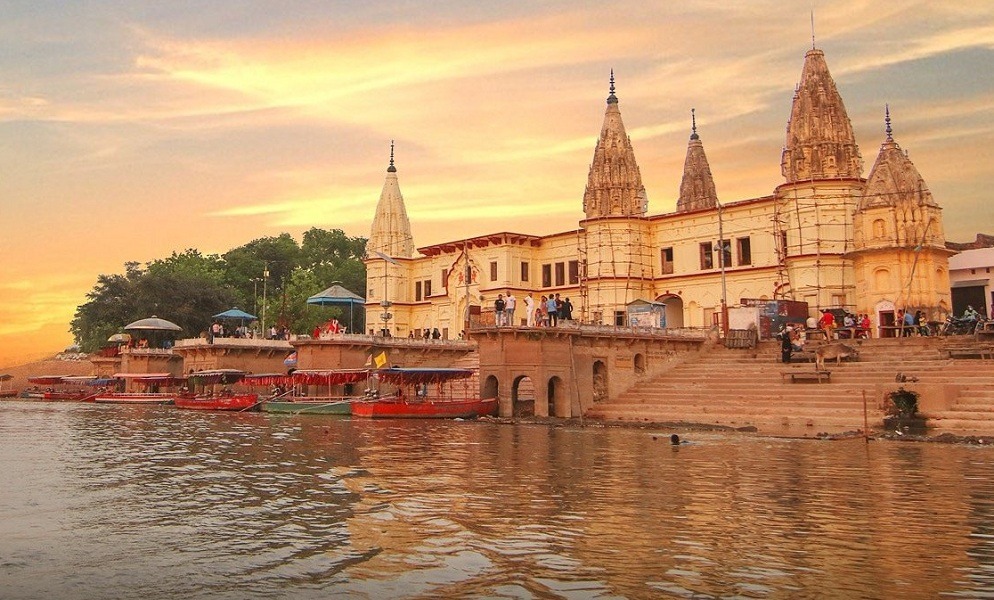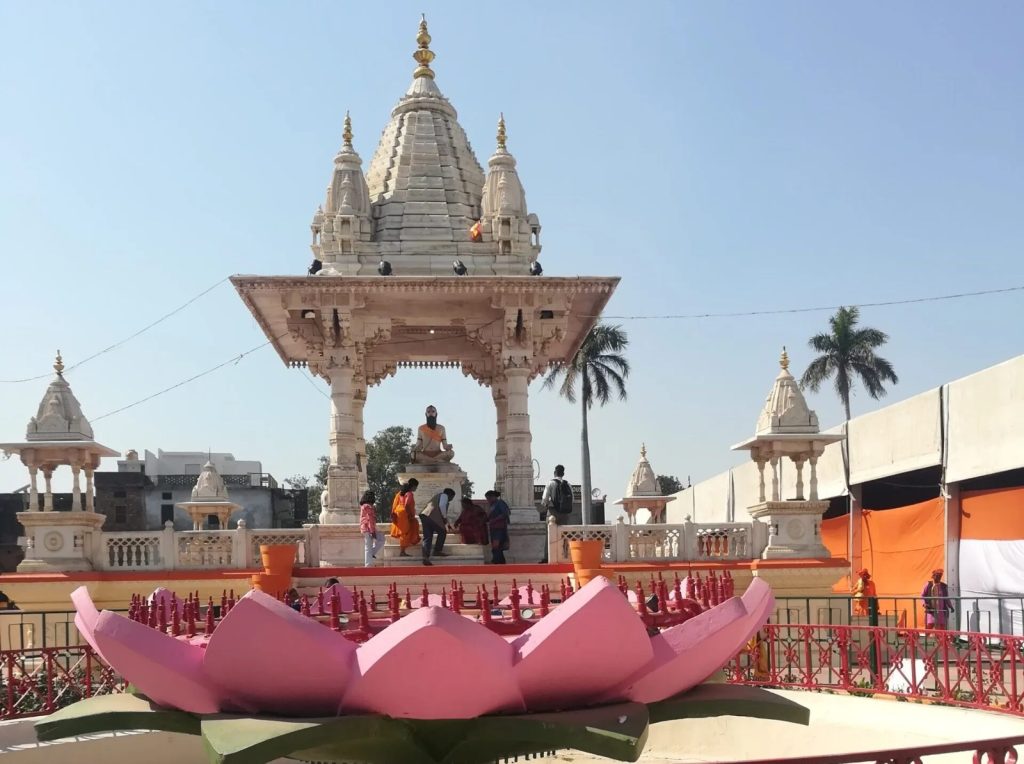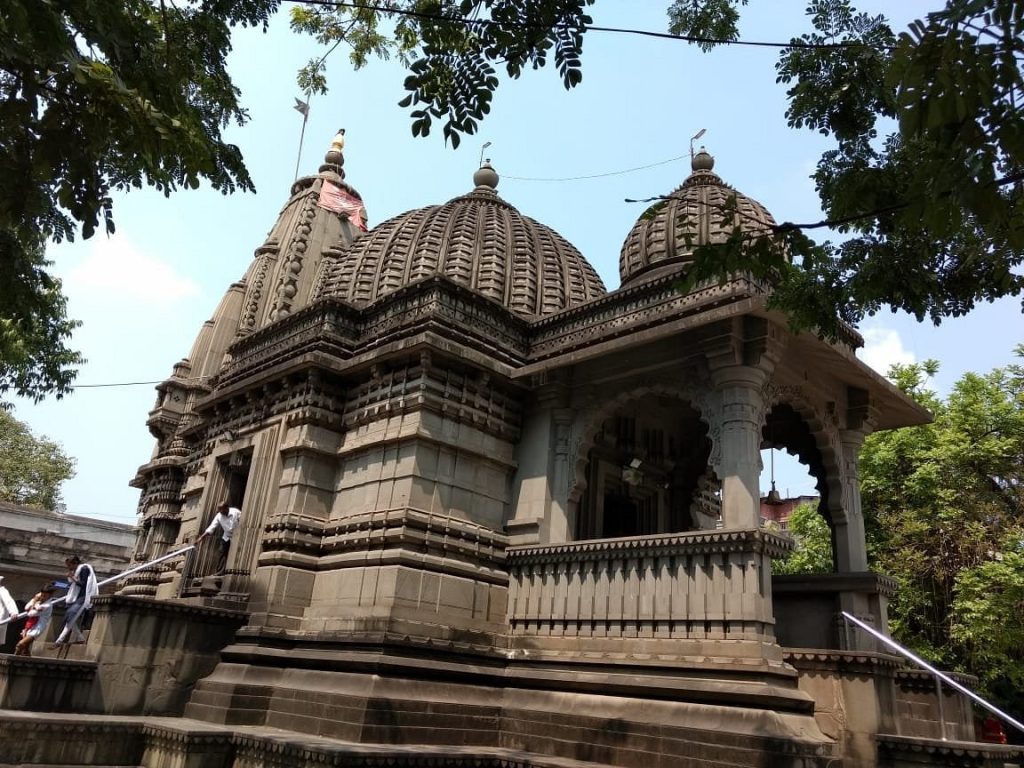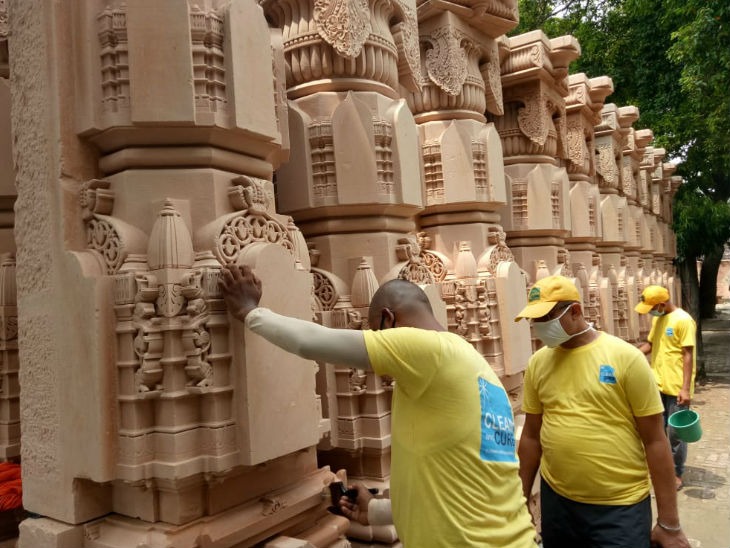About Us
Hotel Kanak Kuteer
Today we will tell you how our hotel is named Kanak Temple, all the other holy temples including Kanak Bhawan in Ayodhya are very famous or Bhawan was given by Mata Kaiya as a gift after his marriage to Mata Sita. This palace is dedicated to Lord Shri Ram. That was Mother Sita. Inspired by this building, the name of our personal building is Kanak Rachna.Just as Mata Kaikeyi gifted Kanak Bhawan to Lord Shri Ram and Mata Sita so that Mata Sita never felt away from her home, similarly we welcome all the travelers coming to Ayodhya at Connect Kutir so that they can feel free to stay away from their home. Feel like home here! Jai Shri Ram !
Guptar Ghat Ayodhya
Guptar Ghat is a religious site located on the western bank of the Ghaghra River, also known as the Saryu River, in the Ayodhya district of Uttar Pradesh. The birth place of Lord Rama and its surrounding area is known as Ayodhya, especially Saket. The glory of Gupta Ghat has been described in the scriptures. Guptar Ghat is about 9 km from Hanuman Garhi in Ayodhya. Guptar Ghat looks different from the ghats of Ayodhya in many ways. There is neither the presence of ‘Pandas’ nor a religious atmosphere in the strict sense. Solitude on the ghat does not create boredom but it achieves conscious peace.According to Hindu mythology, Lord Rama took Jal Samadhi at Guptar Ghat and proceeded to Vaikuntha. Vaikuntha is the name of the abode of Lord Vishnu.This view of the mythology makes the Saryu River sacred to believers in Hinduism and devotees of Lord Rama. Since Guptar Ghat is related to Lord Ram, this place also has its own cultural significance.
Badi Devkali Ayodhya
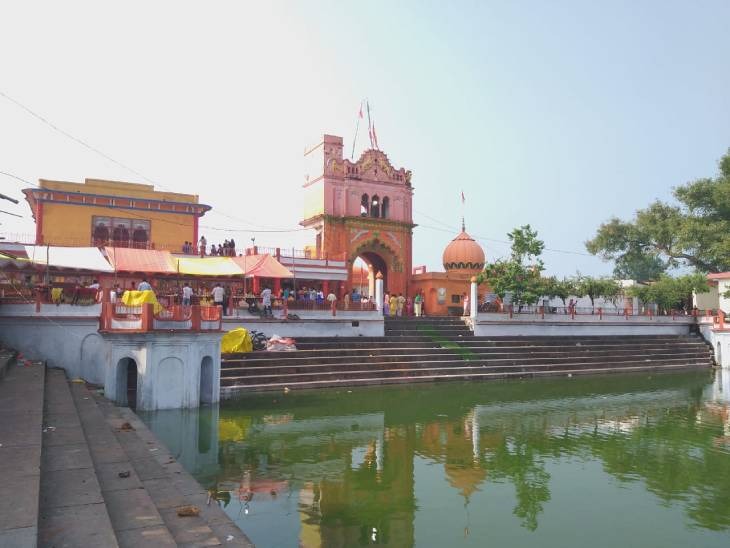
The family deity of Lord Shri Ram is the Badi Devkali temple where three goddesses Mahakali, Mahalakshmi and Mahasaraswati reside in a single rock. It is believed that there are only two such temples of Mother Goddess in the whole country where three goddesses reside in one rock. The first temple is Maa Vaishno Devi Temple and the second is Maa Badi Devkali. Badi Devkali temple is situated in the city itself. Earlier this place was a forest area. Deities of Goddess Kali, Lakshmi and Goddess Saraswati are installed in the temple. It is considered to be established in the Dwapar era by Suryavanshi Maharaj Sudarshan. She is also known as Shitala Devi.
Tulsi Udyan Ayodhya
Tulsi garden located in Ram Nagri Ayodhya Naya Ghat area remains a center of attraction for tourists. The British government had installed the statue of Queen Victoria to restrict the religious freedom of Ayodhya, but after independence in 1949, religious freedom of Ayodhya also started. A social worker from Ayodhya got the statue of Goswami Tulsidas, the author of Ramcharitmanas, installed under the inspiration of God. On 28 December 1963, Ayodhya’s social worker Reena Sharma installed the statue of Tulsidas in place of Victoria Park in Naya Ghat area and named the park Tulsi Udyan.
Dasharatha Palace Ayodhya
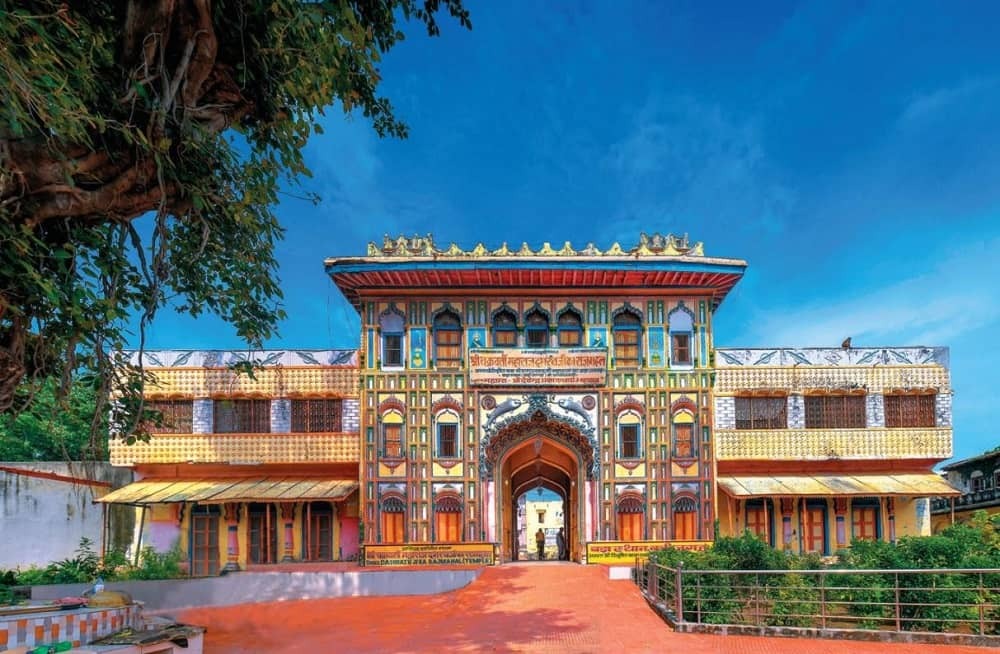
Ayodhya, situated on the banks of Saryu, is known all over the world by the name of Lord Ram. Dasharatha Mahal, located a few steps away from the birthplace of Lord Shri Ram, is a famous Siddha Peetha. According to beliefs, King Dasharatha had established this palace in Treta Yuga. This mythological palace was also renovated several times over time. The palace of Chakravarti Maharaj Dasharatha is also known as Bada Sthan or Badi Sthan. At present Dashrath Mahal has now been converted into a holy temple. Where the statues of Lord Shri Ram, Mother Sita, Lakshman, Shatrughan and Bharat are installed. Shravan Mela Chait, Ram Navami, Kartik Mela, Diwali, Ram Vivah are celebrated with enthusiasm. It is believed that Chakravarti king Dashrath lived here with his relatives.
Kali Ram Temple Ayodhya
This temple was built in Nagara style in 1782 by Peshwa’s Sardar Rangrao Odhekar, which was completed around 1788 AD. The idol of Ram enshrined in the temple is made of black stone, hence it is called ‘Kalaram’. This temple is 74 meters long and 32 meters wide. There are four doors in four directions of the temple. The height of the Kalash of this temple is 69 feet. And the Kalash is made of 32 tonnes of pure gold. On entering from the East Mahadwar, a grand Sabhamandap is visible, which is 12 feet high and has forty pillars. Sitting here in the Hanuman temple, he seems to be looking towards the feet of his beloved Shri Ram. It is said that this temple has been built at the place of Parnakuti, where Nathpanthi sadhus used to reside in the past.
Raamakatha Sangrahaalay Ayodhya
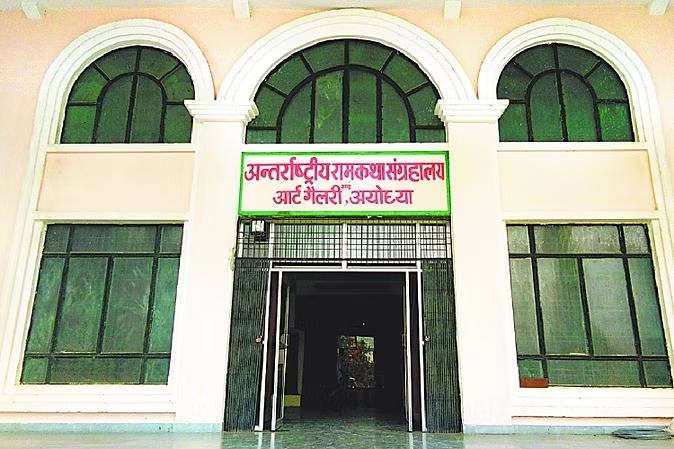
The city of Ayodhya is located on the banks of the Saryu River in Uttar Pradesh. This city of Uttar Pradesh is worth seeing for the devotees as well as the common tourists. Even though these are all the tourist attractions worth visiting in Ayodhya, there are some other places in Ayodhya that are well worth visiting as an example is the Ram Katha Museum. One of these is Ram Katha Museum. It was established in the year 1988. Ram Katha Museum, India has a very interesting collection of art and artefacts. This is a special museum especially for history lovers.
Kaaryashaala Ayodhya
Ayodhya. Today, let us tell you about the glorious history of the workshop which has been running non-stop for 30 years for laying stones for the Ram temple. It is situated at a short distance from Karsevak Puram. It is a workshop of Vishwa Hindu Parishad (VHP). This is the same place where the stones used in the construction of Ram temple are being carved for the last 30 years. This workshop was established in September 1990 under the guidance of Paramhans Ramchandra Das, Mahant Nritya Gopal Das, Ashok Singhal of Vishwa Hindu Parishad. This workshop has been the main center for the preparations for the construction of Ram temple.
Nageshwar Nath Temple Ayodhya
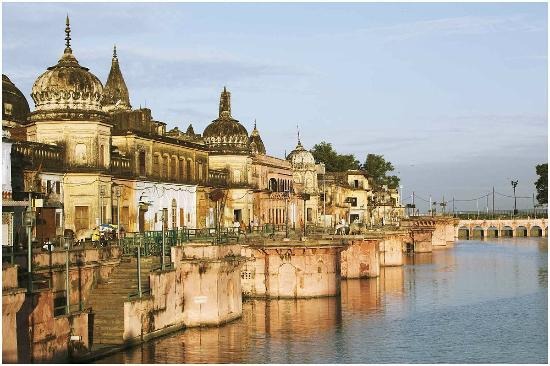
This temple dedicated to Lord Shiva is situated in Ram Ki Paidi. There is a similar belief that it was built by Kush, the younger son of Shri Ram. It is said that once while bathing in Saryu, Kusha lost his armlet which was taken back by a snake girl. The snake girl became fascinated by Kush, Since she was a devotee of Shiva, Kush had built this temple for that snake girl. This temple was in good condition till the reign of King Vikramaditya. It was renovated in 1750 by Naval Rai, the minister of Nawab Safdarjung. The festival of Shivratri is celebrated with great pomp in this temple. Shiva procession also has great importance here. Lakhs of visitors and devotees are present here during the festival of Shivratri.
Tulasee Smaarak Bhavan
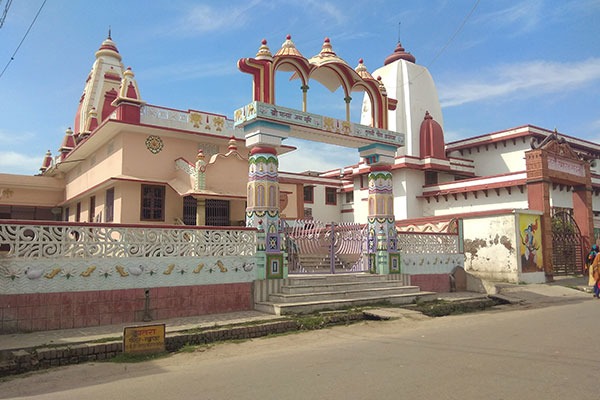
Tulsi Memorial Building is located in Ayodhya, Uttar Pradesh. Built in the memory of Goswami Tulsidas, who composed ‘Ramcharitmanas’ and ‘Hanuman Chalisa’ in Awadhi language, this memorial is located in ‘Ayodhya Research Institute’. It is an organization that studies and describes the cultural, spiritual and literary tradition of the city of Ayodhya. This building also has a permanent exhibition based on Ramayana arts and crafts and a library. Daily Ramlila is organized here and regular recitation of Ramkatha also takes place. Various religious programs and prayer meetings as well as religious plays performed by experienced artists are organized in Tulsi Memorial Building.
Choti Devkali
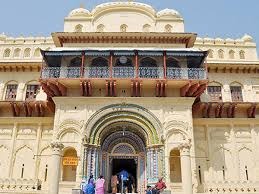
The statue of Mother Parvati established by Mother Sita in Ayodhya, who is today famous by the name of Mother Devkali. By worshiping at this place, all the wishes are fulfilled. The city goddess Sarvamangala Parvati resides in the form of Mata Gauri in the Chhoti Devkali temple in the holy city of Lord Shri Ram, Ayodhya. In Shri Devkali temple, Mother Sita is worshiped with special faith and reverence in this Shakti Peeth as the family deity. Ramnagari Ayodhya is prominent among the best pilgrimage places in the world. It is believed that the place of Shri Devkali Temple is the place where Mother Sita had gone from Janakpuri to her in-laws house in Ayodhya.
